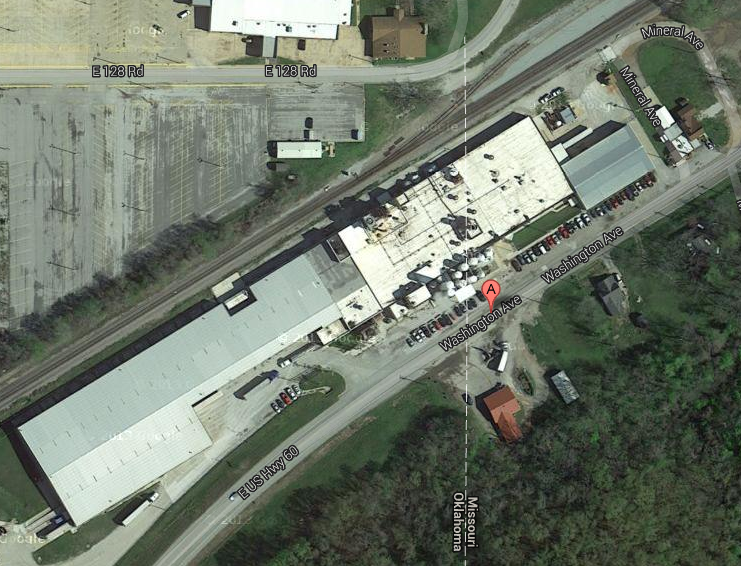This is the sixth part of my series of posts about Charles Hauser, the Defendant in United States v. Carolene Products. My first post looked at how a federal court struck down the Filled Milk Act in 1972, three decades after the Supreme Court famously upheld it. The second post looks at Hauser’s subsequent criminal conviction in 1943, which was affirmed by the Supreme Court. The third post analyzes the Milnot factory built that straddles the Missouri-Oklahoma border. The fourth post analyzes a subsequent pardon signed by President Roosevelt in in 1945. The fifth post had an interview with Hauser’s grandson.
I spoke with Wayne King, 91 years old, worked for the Carolene Products company from 1948 until his retirement in 1983. He worked closely with Charles Hauser over several decades. He described Hauser as a “farm boy who had an idea, and developed it.” King said it was a “joy to go to work,” and he “never dreaded it.” He began working at the plant in Warsaw, Indiana, and transferred to the new plant in Seneca, Missouri. He worked in Seneca as a manager for over 3 decades. The Seneca plant that was built right on the border with Oklahoma, in a means to work around (literally) the Filled Milk Act. I have more details on the Seneca plant here. The plant is still in operation today, operated by the Sumker’s company (you can order Milnot online! – I have a case).
You can see that most of the plant is on the Oklahoma side of the border, and part is on the Missouri side of the border. Along the state line was a brass strip.
The process of making filled milk follows several steps. First, they start with whole milk. From this, they separate out the cream, and made skim milk. Then, they condensed the skim milk to a certain percentage that they wanted for milnut products. Up to here, everything was legal. The process that actually violated the Filled Milk Act was number was adding the vegetable oil to the condensed skim milk. Everything before that could be done in Oklahoma. But once the vegetable oil was added, and the product was put together, you now had a product that could not travel in interstate commerce.
Wayne explained that all of the processing equipment was on the Oklahoma side. At the very last step, there were two lines (stainless steel pipes) that transported across the border separate supplies of the vegetable oil, and the condensed skim milk. One those two products cross over into the Missouri part of the factory, they were put into a homogenizer. Then they were cooled, and filled into the cans. So the only equipment on the Missouri side of the factory was the homogenizer, and the canning equipment.
After the products were canned, there were docks for trucks to leave on each side of the factory. At no point did any canned product ever cross state line.
I asked Wayne if any employees ever ran afoul of this ludicrous workaround. He said it “never happened. No employees would cross the line. Everyone honored that law.” What is remarkable is that Wayne casually referred to it as making the product in “Oklahoma” or “Missouri,” even though the machines were yards away. For example, he said “Once we combined them, it became Milnot in the state of Missouri and couldn’t come back to Oklahoma.”
I asked if regulators or inspectors ever came to check on the line. He said they didn’t, although because they had to pay taxes in both states, they had to keep inventory of the number of cans generated on each side.
I asked Wayne how everyone felt in 1972 after the Filled Milk Act was struck down. He said they were “elated” and that it was “long overdue.” After the ban was gone, the company “branched out to many states.”
I promise, I’ll turn this into a full-length article at some point. This story is too fascinating.
